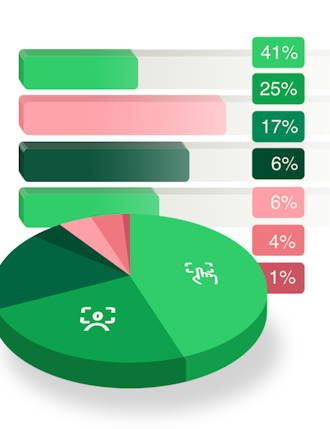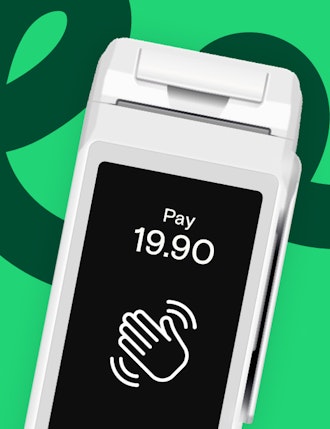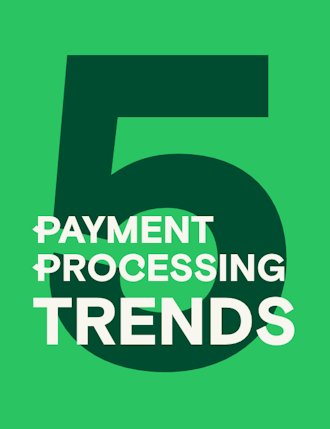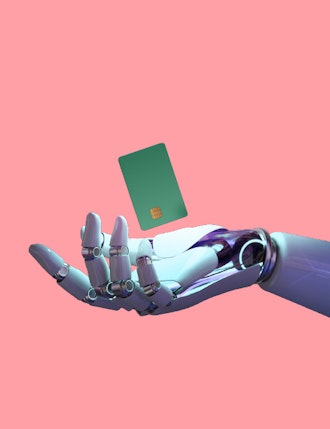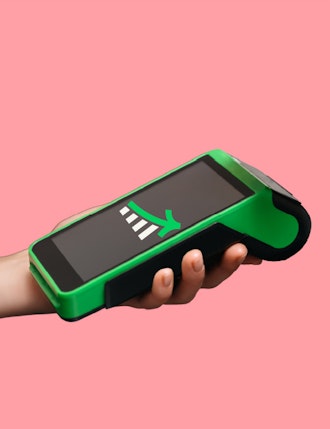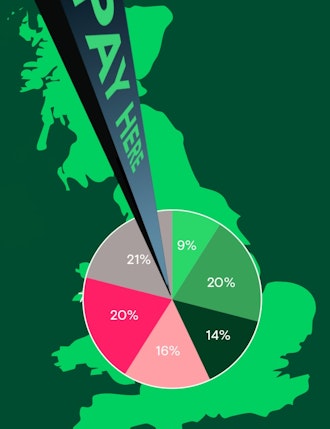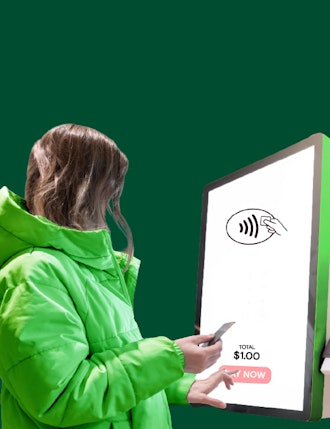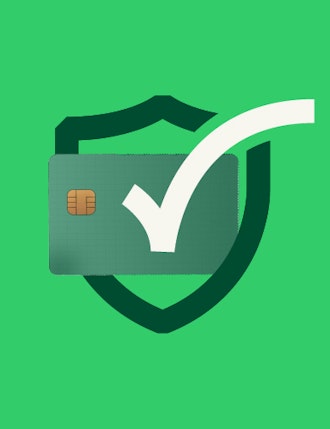The future of frictionless shopping
What are biometrics and biometric payments?
According to the Cambridge English dictionary, biometrics refers ‘to detailed information about someone’s body, such as the patterns of colour in their eyes, that can be used to prove who that person is’.
Biometric payments are, therefore, payments that are taken by a retailer that has used certain identifying characteristics of a person to authenticate who they are. Once they know who the person is, they know which account to charge for their payment of goods.
Advantages and disadvantages of biometrics
Advantages
- Protection from fraud. A unique identifier, such as your face, cannot be phished in the way that passwords can.
- Offers a frictionless payment experience, which more and more consumers are beginning to expect. Visa’s biometrics payments study reports that consumers generally perceive that biometrics are faster (61%) and easier (70%) than passwords
- Can provide accessible financial services. It may be an easier way for those with low financial literacy to access financial services. Consider those who can’t read or write, biometrics can allow easy authentication for them.
- Eradicates the need to remember a password or PIN. This is especially useful as consumers have more and more passwords to remember as services become digitalised, a movement propelled by the pandemic.
- Considered safer by some as their data couldn’t be stolen and accounts accessed if their phone or laptop was stolen.
- Biometric payments eliminate the need for POS terminal set up ad checkout staff, reducing long term business costs.
Disadvantages
- Danger of fraud. If a bank or retailers’ system was hacked, users’ sensitive data could be stolen and used in instances of fraud Once sensitive data such as an individual’s fingerprint is out in the open, you can’t solve the problem by simply changing your password.
- Currently low level of user buy in, especially from older generations-The pace of technology development in the biometrics space means it is hard for legislators and regulating bodies to catch up. Without laws and regulations within the space, opportunities for misapplication can grow.
- There is a wealth of identity & privacy concern for the biometrics space as a whole. Using personal features as identifiers raises questions around whether the privacy of individuals can be maintained in these instances.
- Lack of belief in the reliability of biometric authentication. Consumers don’t want to be stuck by a scanner after multiple tries to get a reading, as sometimes happens at passport scanners.
Methods of biometric identification
Today's use cases of biometric payments
1. In-app messenger payments are an innovative use case. When an account is created, a user is validated through physiological and behavioural biometric measures. These are then used as a benchmark for all future user behaviour and authentication. Shreyas Shaktikumar, Research Analyst at Mercator Advisory Group, writes in this article on the future of payment security that “Combined with the user’s device as a factor (something they have), voice biometrics enables low-friction two-factor authentication. There is no need for passwords, PINs, or knowledge-based authentication – all of which are vulnerable to hacking and social engineering, not to mention frustrating for customers.”
2. Digital authentication can also be used in the travel industry. More than 50 percent of travellers are from the 18-24 age demographic. This group are comfortable with the digital world and most likely to expect omnichannel, frictionless shopping experiences. Biometrics payments can be utilised by hotels so that guests can enjoy the resort and purchase food and drinks without having to get their wallet out.
3. Amazon One was launched in 2020 and allowed customers to pay at Amazon Go stores using their palms. More recently, the company launched their Amazon Go stores. With the use of a combination of cameras and sensors, all items within the store are tracked as they are put in shoppers’ baskets. Items that go into the basket are then automatically charged against the customer’s Amazon account.
4. Just recently, Netherlands-based digital security company Gemalto partnered with U.K. bank Natwest. The partnership is testing a debit card with a built-in fingerprint scanner.
5. Konami, a gaming company, has installed facial recognition technology on their slot machines and table games to make playing easier for patrons. The machines can register a user’s identity without them needing to do anything other than be present. This technology system potentially renders player cards irrelevant, since biometrics solutions recognise a player based on the photo or facial scans that they provide.
6. Alipay’s Smile to Pay facial recognition system does just what it says: allows users to pay for their goods by smiling up at a camera which will scan their face. There are now a number of retail stores utilising facial id.
So, what’s next?
What does the future hold for in-person payments? Juniper Research has found that the use of facial authentication for making secure payments is likely to double between now and 2025.
The report also noted that voice recognition for payments is expected to grow from 111 million users in 2020, to over 704 million in 2025.
Development of services will focus on advanced technologies designed to streamline the shopping experience, with seamless POS system solutions at the checkout, while ensuring secure transactions for consumers.
Interested in reading more around this subject? Here are some useful articles…

